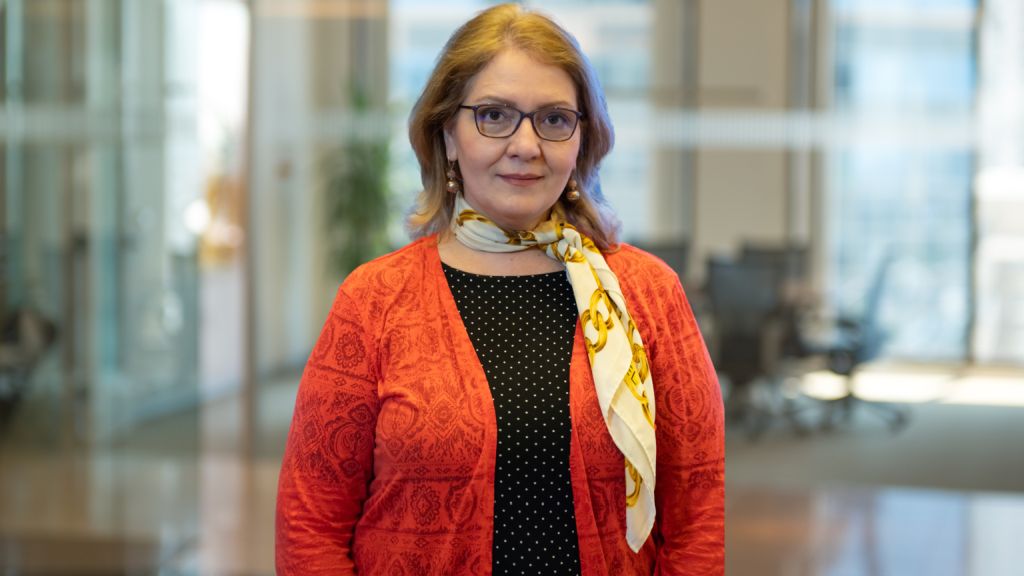The electricity transmission system is operated, maintained and further developed by Transelectrica, a natural monopoly owned by the state. The electricity distribution sector is dominated by 3 major international players (E.On, Enel, and CEZ) with a cumulative market share of approx. 60%. The trading and supply sector is relatively fragmented and privately held companies predominate.
NECESSARY INVESTMENTS IN CONVENTIONAL SOURCES POWER PLANTS
A significant part of the thermal generation facilities and some hydro plants in Romania needs rehabilitation. Based on the state-owned energy companies’ plans, estimations show that by the end of 2015 around 5.000 MW in installed capacity require investments for several levels of rehabilitation. Of course, these plans are highly dependable on the available sources of financing coming from the state budget, commercial banks and other international financing institutions, but they also depend on other market conditions such as the ability of hydro and other energy sources to cover the energy demand.
In addition to rehabilitations, there are two major investments announced and expected on the long term: nuclear reactors 3 and 4 at Cernavoda and the hydro pump storage facility at Tarnita-Lapustesti. Combined, these investments might add up to 2.400 MW in installed capacity to the network. However, there is a high degree of uncertainty around Cernavoda and Tarnita-Lapustesti facilities due to the availability of financing sources, both private and public.
Talking about sources of financing, the stock exchange market is one of the options which was (and continues to be) overlooked by companies seeking to attract capital. The only recent notable event in this respect was the secondary public offering for Transelectrica’s shares, which allowed the Romanian state to raise slightly over 37 million EUR for 15% of the local Transmission System Operator. Definitely, one of the most expected events for the stock market and local investors is the listing of Hidroelectrica, however uncertain given the recent insolvency procedure of the company.
OPPORTUNITIES IN RENEWABLE ENERGY
The wind energy sector was probably the most appealing sector in Romania for local and international investors over the past 3 years. By the end of 2012, the total investments in the local wind sector will probably reach around 3-3.5 billion EUR and might exceed 5 billion EUR by the end of 2013. A number of key factors contributed to the impressive growth in wind investments: favorable support scheme (green certificates), overall energy market outlook (potential growth rates of energy prices), and other favorable local conditions (prices of land, labor costs, wind potential, etc.). The impact generated by these investments is also important across the entire wind energy value chain. Hence, going from wind turbine manufacturers which opened local subsidiaries and employed local workforce to the emergence of local maintenance and repairs companies, there is a number of positive outcomes generated by wind investments: employed workforce (estimations are around 6000 jobs created by wind sector), transfer of knowledge and development of local business across the value chain in areas such as maintenance and repairs.
Starting with 2012, the investments in solar power seem to enter a very dynamic phase. This is triggered mainly by the extremely favorable support scheme (6 green certificates for each MWh generated) and by the significant decrease of equipment prices (around 50%).
CHALLENGES FOR THE NATIONAL ENERGY TRANSMISSION INFRASTRUCTURE
However, these investments in renewable energy require an increase in the transmission infrastructure capacity and an expansion of the national power grid. New transmission infrastructure is required to meet the increased demand and connect new projects. Many new transmission projects are currently underway or are planned to ease the pressure and supply electricity efficiently. With a proposed investment program of about 600 million RON in 2012, Transelectrica aims at major investments both with respect to the development of international interconnection lines and rehabilitation of its electric substations in order to meet the requirements of the electricity market.
In order to get access to the public grid, interested parties are required to submit an application to Transelectrica (TOS) for a technical connection permit, receive approval and sign a connection agreement. The permit is valid for 25 years, granted that the applicant pays a connection fee equivalent to the cost of the connection works and signs the connection agreement with a network operator within three to six months from the issuance of the permit. The Energy Law enforced in July 2012 stipulates that all producers are entitled to challenge the rejection of access to the grid and obtain a final decision from the relevant authority within two months’ time. It is worth noting that all renewable energy plants receive guaranteed access to the grid and priority dispatch. RES and co-generation facilities whose capacity are lower than or equal to 1 MW are entitled to priority access and dispatch. However, the legislation does not describe the technical and commercial regulations which will be imposed to ensure compliance or the fines and non-monetary sanctions which will be incurred by the network operators failing to meet the obligations.
Grid infrastructure limitations as compared to the growing demand for connection permits act as a significant barrier to the continued development of new projects. The installed capacity of wind projects soliciting connections alone has substantially surpassed the feasible intake of the power grid. Whereas in its current state the electricity infrastructure can handle around 2,500-3,000 MW of wind capacity, 14,045.30 MW of connection contracts had been signed by September 2012.
SUPPORT SCHEME MECHANISM FOR RENEWABLE ENERGY
There have been a number of discussions regarding the support scheme for renewable producers. The current green certificates scheme allows wind energy producers to receive 2 green certificates per MWh, while biomass receives 3 certificates and photovoltaic 6 for each MWh generated. In February 2012 the Energy Regulator set a floor and cap on green certificate trading prices. On the market, therefore, certificates are traded between 121.89 RON (around €28) and 248.3 RON (around €57.4). The actual price will depend on the balance between the offer of Green Certificates from producers and the demand from electricity suppliers which are obliged to acquire a certain number of certificates to cover the amount of electricity traded. Therefore, if at a certain point the market is flooded with green certificates, chances are that the prices will go down. So, in the end the market mechanism will adjust the level of compensation for the renewable producers.
In addition to the green certificates received for each MWh of electricity fed into the grid, renewable energy producers may benefit from: guarantees of up to 50% of the value of medium and long-term loans; accelerated depreciation procedures; tax exemptions/reductions for reinvested profits over a three year period from the start of operations; a 50% reduction in expenses related to authorizations and permits; state budget subsidies for jobs created in the economy. Furthermore, authorities are required to provide the road and electric grid infrastructure necessary for sustaining clean energy producers.




























